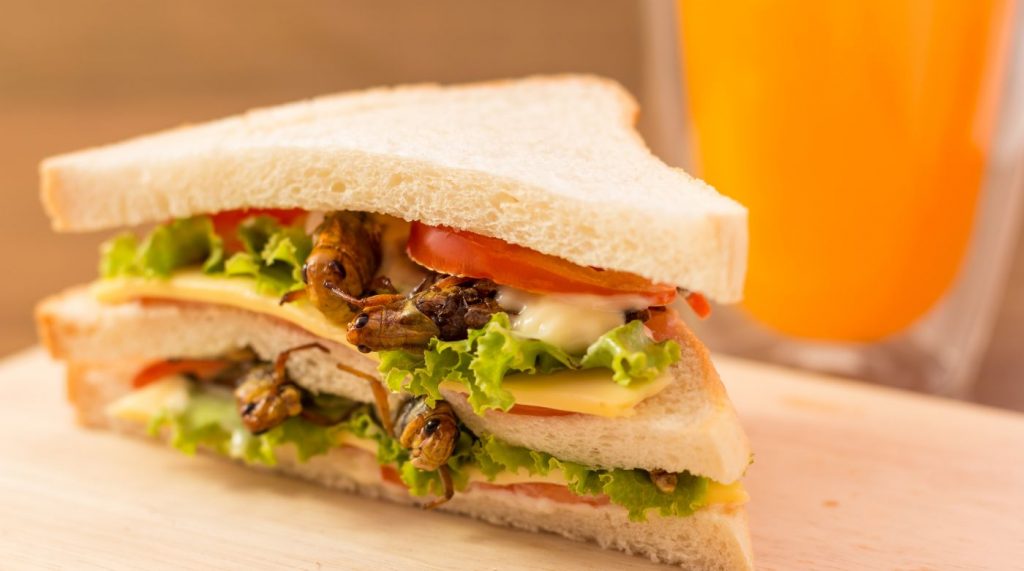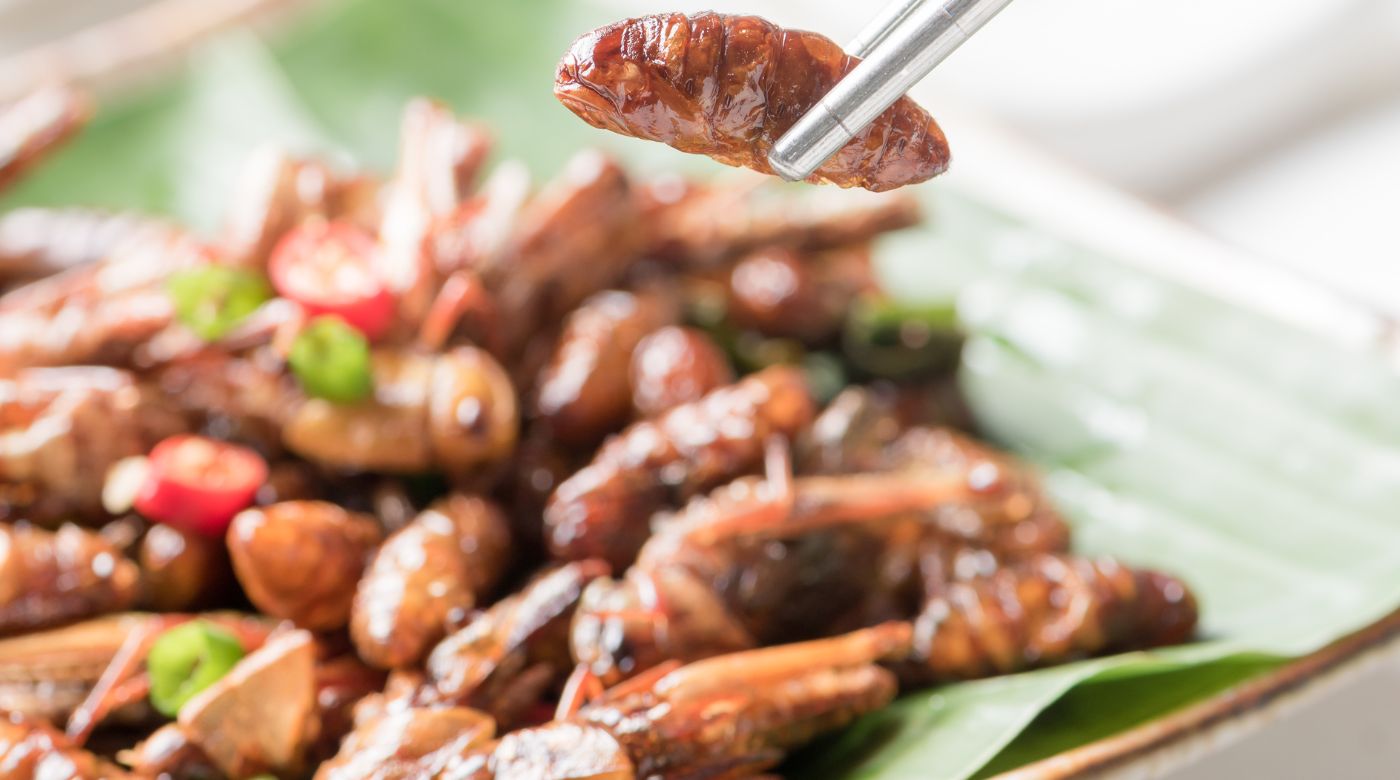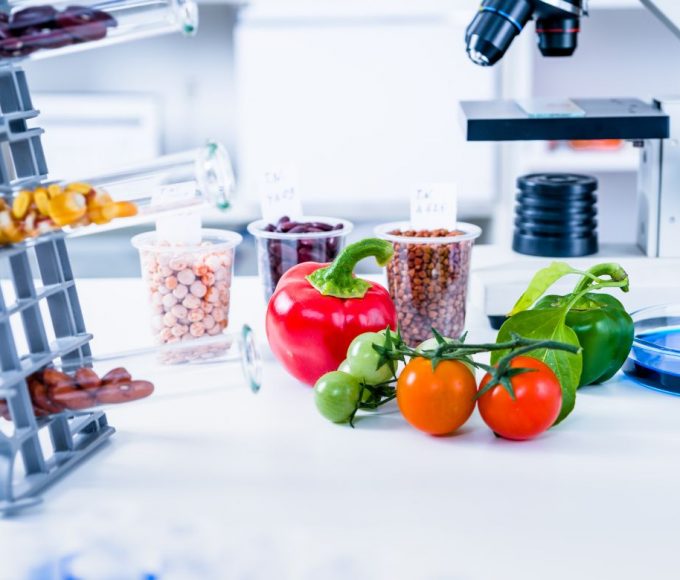In an era of robust individual health and elevated hygiene standards, global population growth flourishes. However, this success amplifies environmental pressures on conventional agriculture and livestock practices, necessitating innovative and sustainable food production methods.
- Trends in Insect Consumption: A Paradigm Shift in Protein Alternatives
- Challenges in Acceptance: Breaking Through the Neophobia Barrier
- Strategies for Acceptance: From Information to Gastronomic Appeal
- Understanding Acceptability Determinants: Insights for Future Strategies
- Would You Dare? Joining the Culinary Revolution
Trends in Insect Consumption: a paradigm shift in Protein Alternatives
Recent trends advocate for a paradigm shift in our approach to food, highlighting insects as a viable human food source. In contrast to conventional livestock farming, insect production as a protein alternative shows promise, reducing production space and significantly lowering greenhouse gas and energy emissions.
The nutritional richness of insects, boasting essential amino acids, soluble proteins, unsaturated fatty acids, fiber, and micronutrients, positions them as a sustainable solution for human health.
Challenges in Acceptance: Breaking Through the Neophobia barrier
Despite the nutritional benefits, incorporating insects into mainstream diets faces hurdles. The prevalent neophobia associated with new food experiences stands as a significant barrier. This rejection is linked to aversion, disgust, cultural factors, and even fears related to food insecurity.
Strategies for Acceptance: From information to gastronomic appeal
Overcoming these barriers requires strategic approaches. Encouraging food consumption involves a multi-faceted strategy—increasing information dissemination, sharing positive experiences, and adapting gastronomy to enhance the sensory appeal of insect-based dishes. Creating familiarity and a sense of closeness around these meals is key to broader acceptance.

Understanding Acceptability Determinants: Insights fot future strategies
Assessing the determinants of edible insect acceptability unveils three impactful factors: i) product characteristics encompassing flavor, convenience, and information availability; ii) the purchasing and consumption environment, suggesting potential gains from increased marketing and publicity campaigns; iii) individual traits, with emerging insights revealing that men are more likely to embrace insects into their diets.
Would You Dare? Joining the Culinary Revolution
As we navigate this culinary revolution, the question arises: Would you be willing to join the movement and try this sustainable delicacy? The future of food sustainability might just be crawling onto your plate.





